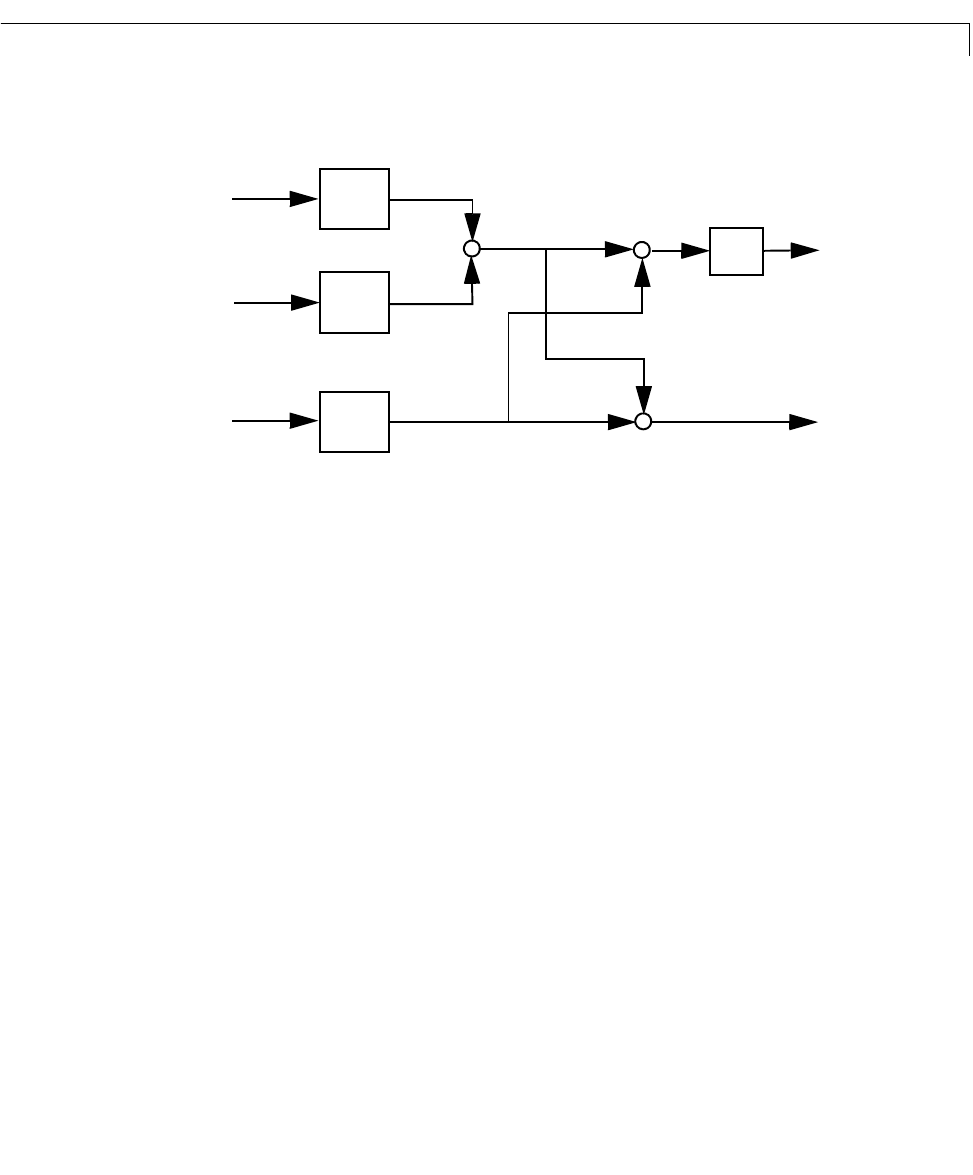User`s guide
Table Of Contents
- Preface
- Quick Start
- LTI Models
- Introduction
- Creating LTI Models
- LTI Properties
- Model Conversion
- Time Delays
- Simulink Block for LTI Systems
- References
- Operations on LTI Models
- Arrays of LTI Models
- Model Analysis Tools
- The LTI Viewer
- Introduction
- Getting Started Using the LTI Viewer: An Example
- The LTI Viewer Menus
- The Right-Click Menus
- The LTI Viewer Tools Menu
- Simulink LTI Viewer
- Control Design Tools
- The Root Locus Design GUI
- Introduction
- A Servomechanism Example
- Controller Design Using the Root Locus Design GUI
- Additional Root Locus Design GUI Features
- References
- Design Case Studies
- Reliable Computations
- Reference
- Category Tables
- acker
- append
- augstate
- balreal
- bode
- c2d
- canon
- care
- chgunits
- connect
- covar
- ctrb
- ctrbf
- d2c
- d2d
- damp
- dare
- dcgain
- delay2z
- dlqr
- dlyap
- drmodel, drss
- dsort
- dss
- dssdata
- esort
- estim
- evalfr
- feedback
- filt
- frd
- frdata
- freqresp
- gensig
- get
- gram
- hasdelay
- impulse
- initial
- inv
- isct, isdt
- isempty
- isproper
- issiso
- kalman
- kalmd
- lft
- lqgreg
- lqr
- lqrd
- lqry
- lsim
- ltiview
- lyap
- margin
- minreal
- modred
- ndims
- ngrid
- nichols
- norm
- nyquist
- obsv
- obsvf
- ord2
- pade
- parallel
- place
- pole
- pzmap
- reg
- reshape
- rlocfind
- rlocus
- rltool
- rmodel, rss
- series
- set
- sgrid
- sigma
- size
- sminreal
- ss
- ss2ss
- ssbal
- ssdata
- stack
- step
- tf
- tfdata
- totaldelay
- zero
- zgrid
- zpk
- zpkdata
- Index

LQG Regulation
9-33
This leads to the following generic model for each axis of the rolling process.
Figure 9-1: Open-loop model for x- or y-axis
The measured rolling f o rce variation is a comb inat ion of the incremental
force delivere d by the hy d raulic actuator and of t he disturb ance forces due to
eccentricity and input thickness variation. Note th at:
• The outputs o f , and are the incremental forces delivered
by each component.
• An increase in hydraulic or eccentricity force reduces the output thickness
gap .
• An increase in input thickness increases this gap.
hydraulic actuator
eccentricity model
+
+
–
input disturbance model
+
+
+
Hs()
F
i
s()
F
e
s()
δ
w
i
w
e
u
g
x
f
u command
δ thickness gap (in mm)
f incremental ro lling force
w
i
w
e
, driving white noise for disturbance models
f
2
f
1
force-to-gap gain
f
Hs
()
F
e
s
(),
F
i
s
()
δ










